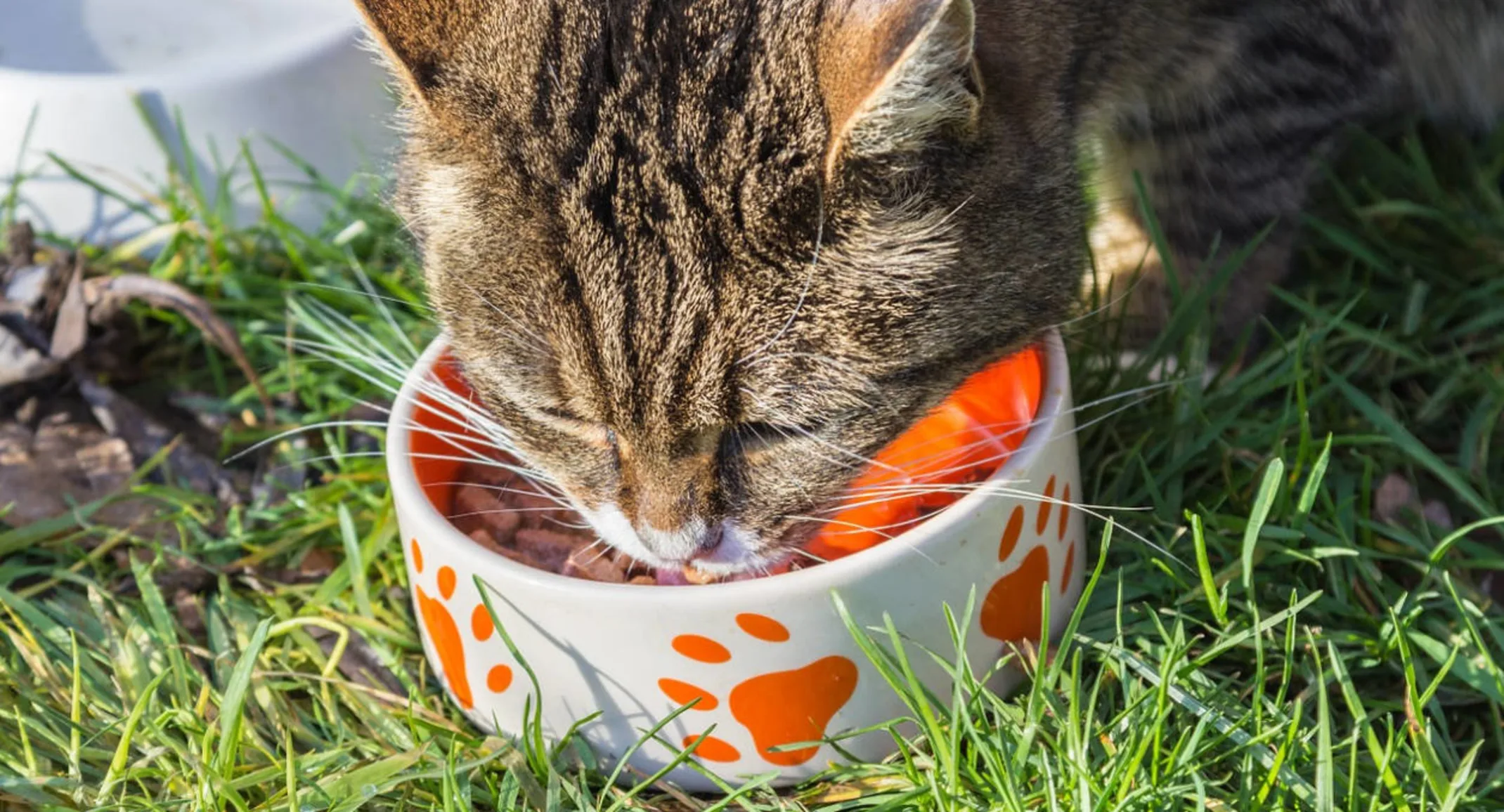Feline Chronic Gingivostomatitis
Oral Disease

Feline chronic gingivostomatitis (FCGS) is a chronic, severe inflammation of the gingiva and mucosa, usually located at the back of the oral cavity. Other areas of the oral cavity are also occasionally involved.
The inflammation caused by FCGS can be severe enough that it results in systemic manifestations, and can result in detectable changes in bloodwork parameters. Visible symptoms may be decreased appetite, weight loss, and decreased grooming behavior, particularly at more advanced stages.Feline chronic gingivostomatitis is considered to be a multifactorial etiology, meaning that some combination of infectious, autoimmune, and environmental factors play a role, though the exact mechanism by which FCGS occurs is not understood. In addition to the pain of the disease itself, FCGS is associated with an increased severity of periodontal disease, which in itself can be painful and contribute to a cat not feeling well.Diagnosis of FCGS can be made based on physical examination, but determining the full extent of the dental pathology requires probing and full-mouth dental radiographs. The diagnosis of FCGS may be confirmed by biopsy.While medication can improve comfort in cats with FCGS, its long-term use carries risks, including progression of underlying disease (periodontitis) and development of diabetes mellitus. In terms of resolution of the oral pain and dysfunction, the most reliable approach is surgical treatment.
